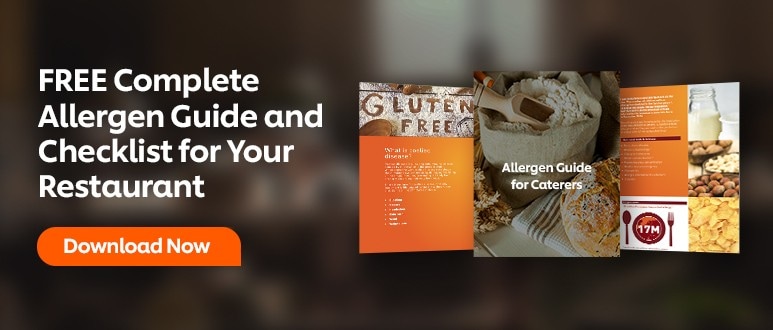Food Allergies: Get a list of the allergens that caused it
Find out where common allergens are most likely to be found.
How prepared is your restaurant to deal with guests’ allergic reactions? Establishing guidelines to prevent such life-threatening situations is crucial to running a food establishment. If you want to ensure your diners’ safety, make sure you create a HACCP plan, craft allergy-friendly dishes, and teach your staff about common food allergies.
If you need to cater to a guest with an allergy, it’s important to pinpoint the ingredient that caused it. Here, learn the eight major food allergens and some tips for picking substitutes and alternatives.

Tree nuts
Tree nuts are among the most common food allergies. This group includes almonds, walnuts, pecans, hazelnuts, Brazil nuts, cashews, pistachios, pine nuts, macadamia nuts, and chestnuts. Many recipes feature one or more of these nuts, like in sauces, salads, desserts, crackers, bread, ice cream, marzipan, and oils. Make sure to properly label any item with nuts on your menu.
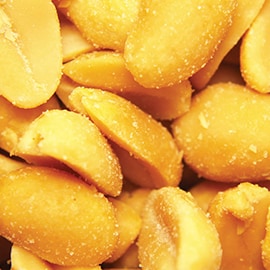
Peanuts
Unlike other nuts, peanuts grow underground instead of in trees. It’s also part of the legume family, which includes chickpeas, lentils, and beans. Many kitchens use peanuts in sauces, cakes, and desserts. And peanut by-products, like oil, flour, and butter, are common ingredients in Asian dishes. If you use peanuts in your kitchen, make sure you have an indemnity clause on your menu.
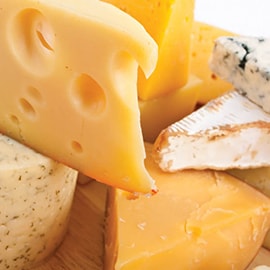
Cow’s milk
Yogurt, cream, cheese, butter, milk powders, and various glazes contain cow’s milk. If a recipe allows it, substitute milk with water, fruit juices, or soy milk. However, guests allergic to milk may also be allergic to soy, so consider that when suggesting substitutes.
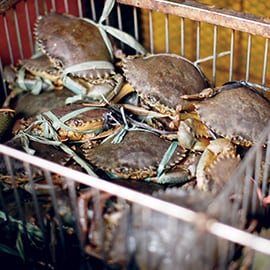
Crustaceans or shellfish
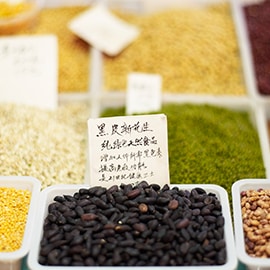
Soybeans
Ingredients like tofu or bean curd, soya flour, and textured soya protein come from soybeans. This means some ice cream, sauces, desserts, meat products, and even vegetarian products also include traces of soybeans. When possible, use rice flour and canola oil for baked goods.
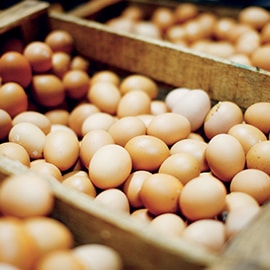
Eggs
A list of food allergies isn’t complete without eggs. The ingredient plays an important role in numerous dishes, including cakes, sauces, pasta, quiche, mayonnaise, and even some meat products. It’s also sometimes used as a finishing sheen for pastries. The good news is that there are many options if you need to replace it. For baking, try using mashed bananas. Then for savory dishes, you can work with crumbled tofu.
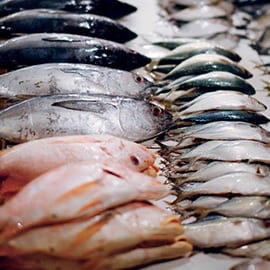
Fish
Fish is present in some salad dressings, pizza recipes, and relishes. You can also find it in many sauces, like patis, soy sauce, and Worcestershire sauce. To be on the safer side, use mayonnaise as the base of your salad dressings and choose fresh ingredients to flavor your dishes.
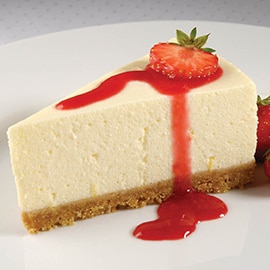
Wheat
Wheat is one of the most predominant allergens. You can find it in food containing flour, such as bread, pasta, cakes, pastry, meat products, sauces, soups, batter, stock cubes, and breadcrumbs. Guests with a wheat allergy can usually consume other types of flour made of rice, buckwheat, or corn. Try experimenting with these when making baked goods.
What is lactose intolerance?
Lactose intolerance occurs in individuals who lack lactase. This enzyme is needed to digest the sugar in milk called lactose. Its common symptoms are diarrhea, wind, and general discomfort upon consumption.
What can people with lactose intolerance eat?
Soy milk, soy yogurt, rice milk, and dairy-free cheese.
What can’t they eat?
Milk from cows, sheep, goats and most types of mammals. And by-products, like cheese, ice cream, butter, and yogurt.
What is Gluten Intolerance?
Gluten intolerance, also called celiac disease, is caused by the body’s inability to break down gluten, a protein found in wheat. Anyone diagnosed with this autoimmune disease should try to eliminate gluten from their diet.
What can people with gluten intolerance eat?
Flour made with rice, buckwheat, corn, maize, nuts, beans, seeds, chickpeas, quinoa, and soya.
What can’t they eat?
Gluten-containing flours, including: wheat, barley, rye, oat, malt and couscous.
Knowing common food allergies can help you serve your guests better. Make sure both the kitchen and FOH teams are adept at identifying allergens and suggesting substitutions. Always keep food safety a priority to win more customers.
Need more help on common causes of food allergy? Download our FREE allergen guide and checklist that restaurants need to keep a lookout for in their dishes.
Related Articles
What you'll get:
- Access to free Chef trainings
- The best recipes and tips from Chefs around the world
- The latest culinary trends
